In the Studio: Margaret Curtis
“I became very interested in what was behind a facade, or what was underneath, w...

Virginia Jaramillo (b. 1939) is a New York-based painter and a 2022 Joan Mitchell Fellow. We interviewed her about her work and creative practice in June 2023. The following is an edited transcript of that conversation.
Since I was around 12 years old, my desire was to be an archeologist. When I was a youngster, I would go visit my grandparents on their turkey ranch in El Centro, California. El Centro is basically desert, but there were alfalfa fields near us. It was really beautiful. I remember riding around the ranch on this old bike, looking down at the cracked earth. It made a strong impression on me. When the earth cracks, it changes colors around the crack. I thought, "Wow, look at all the colors." Sometimes the earth would be reddish, ochre, black sometimes. I would just be looking at this and I would wonder, "How deep do these cracks go? Should I be riding on this?" I was always puzzled by how fragile it looked, and yet it was so strong.
In the mid-sixties, I produced what are now called my “black paintings.” They were all dark paintings with texture. At the time, I didn't realize where these stemmed from, but looking back, I recognize it was the cracked earth that I saw as a kid.
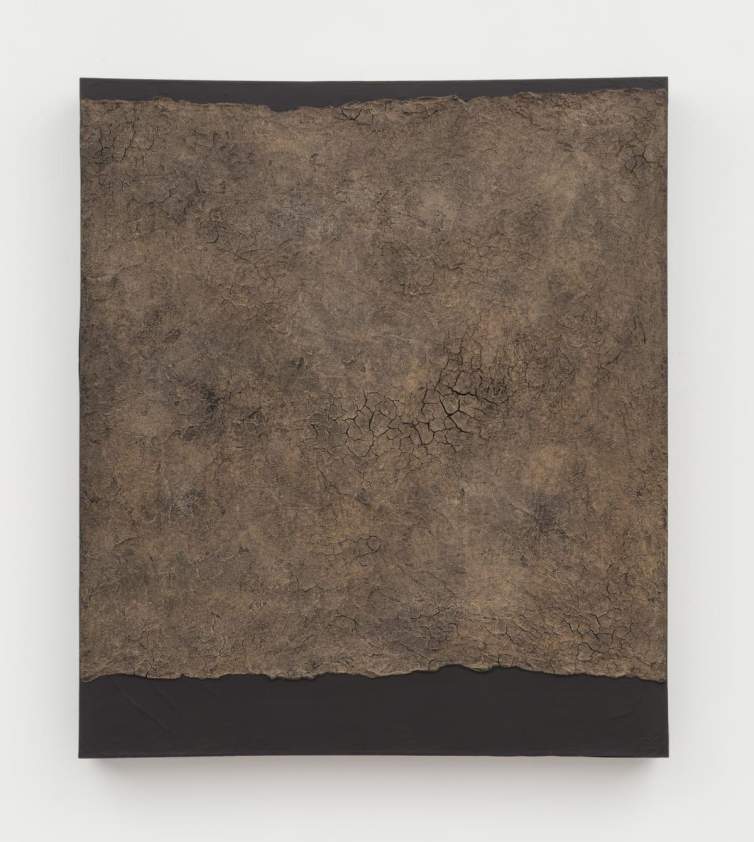
Along with my memory of those visits to El Centro, the experience of growing up in LA with so many different kinds of ethnic groups around really inspired me to find out more about the archeology of different cultures. Early on, I was able to combine my interest in archeology with art. I'm grateful that I found a way to transmit that interest.
I have always been concerned with the shape of things and how they complement one another—how one shape intersects with another. I remember, as a kid, I would look at the back doors of trucks, the way the two doors would meet, and there would be color around the doors. I'd look at how they opened up and closed, and how they fit so perfectly together within that rectangular space. That was interesting to me.
During the summers, my parents would give me and my sister and some friends a lot of scraps and tell us to make some quilts, I guess just to keep us out of their hair and out of the sun. We would spread out everything on the floor, and start piecing things together. We'd say, "No, this color looks better here. Then this color. Oh, this shape should go here..." We had fun, and we were formulating compositions. It was a learning experience, although I didn’t realize it at the time.
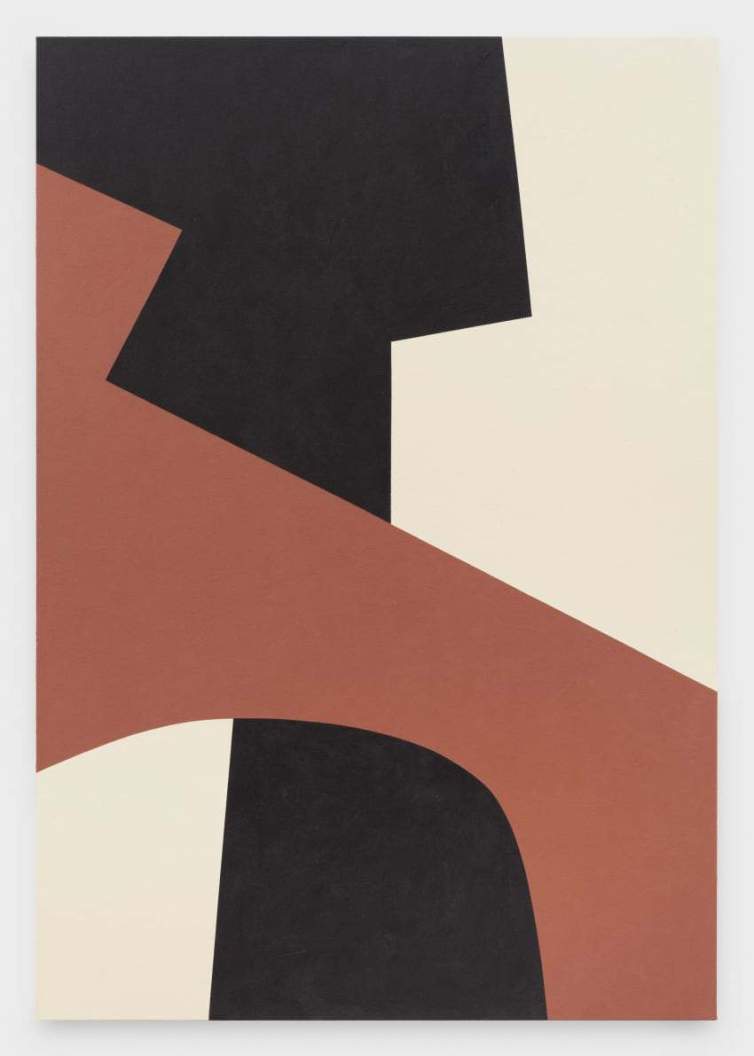
I went to Manual Arts High School, which was the school which Jackson Pollock attended, as well as Philip Guston and Daniel LaRue Johnson, who later became my husband. After high school, I went to art school at Otis College of Art and Design on a scholarship—only for a while, starting in 1958. I felt I didn't belong there. I remember thinking, “I don't need to learn how to compose, or how to do figure drawing,” because I had already studied that, and I had already been in my first museum exhibition.
There was an annual juried exhibition at Los Angeles County Museum at Exposition Park, and many artists sent their works. I applied when I was 18, and my work was accepted. I remember the moment when I entered the museum with my little pass that read, "You have been accepted..." I gave it to the guy at the door. He looked at me—I was just 18 years old, right out of high school—and asked, "You're V. Jaramillo?" I had signed my work “V. Jaramillo,” rather than Virginia. I don't know what possessed me. But I remember seeing a lot of guys sign their paintings with just their first initials, and I thought, "Okay, I'll sign my painting with just my first initials." I believe my work was accepted because they thought I was a male artist. I said, "Yes." And he said, "Okay. Go on in."
I remember being frightened. All these people were so much older, and they were established artists. I took a deep breath and said to myself, "Pretend you belong here." I just walked around and took my time looking at the exhibition. It was great and I was proud of myself.
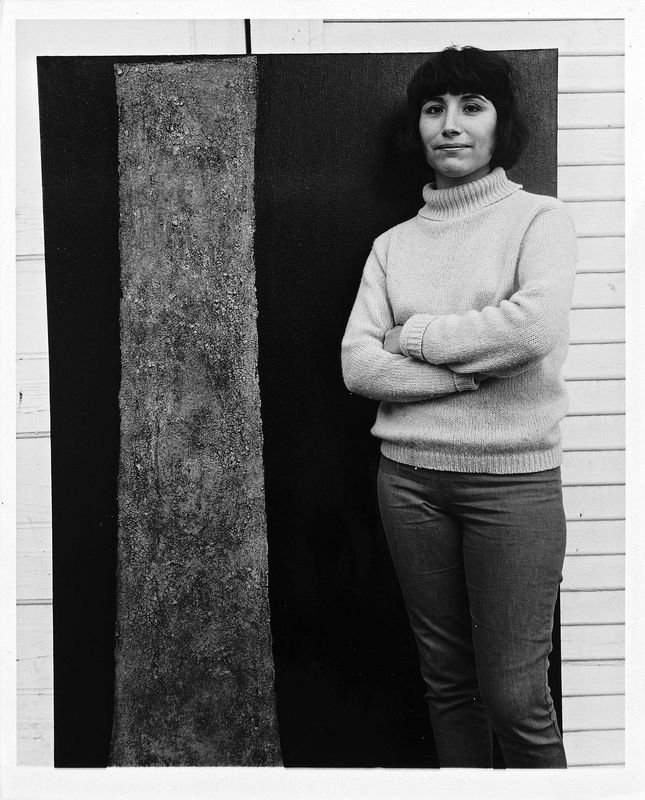
It was a huge ego boost to be included in that exhibition. I had already exhibited in the Los Angeles County Museum, at the age of 18! That meant something! That was a signpost for me. No matter how hard it would get, I knew that my background had allowed me to intersect with a certain kind of professionalism, and I wasn't going to take that for granted.
In 1965, my husband Dan received a Guggenheim fellowship and so that enabled us to move out of LA. We went to Paris. It was just after the Watts Riots. When we arrived, all the newspapers read, “Viva La Revolution!” And we said, "What revolution? What are they talking about?"
We chose to travel to Paris because everyone had told us, "If you want to be real artists, you have to go to Paris." I mean, everyone went to Paris in those days. They said, "It's the light. It's about the light." And truly, it was.
What really influenced me, outside of the light, was the fact that I could walk down a street and know that it was part of history. In California, you didn't have that. Everything was so new. But it was the West. In France, I thought, "These buildings have been here for hundreds of years." I could not get over that. It really influenced me. Seeing the cathedrals was mind-blowing. I never was the same after that, because I knew then that there was more than California.
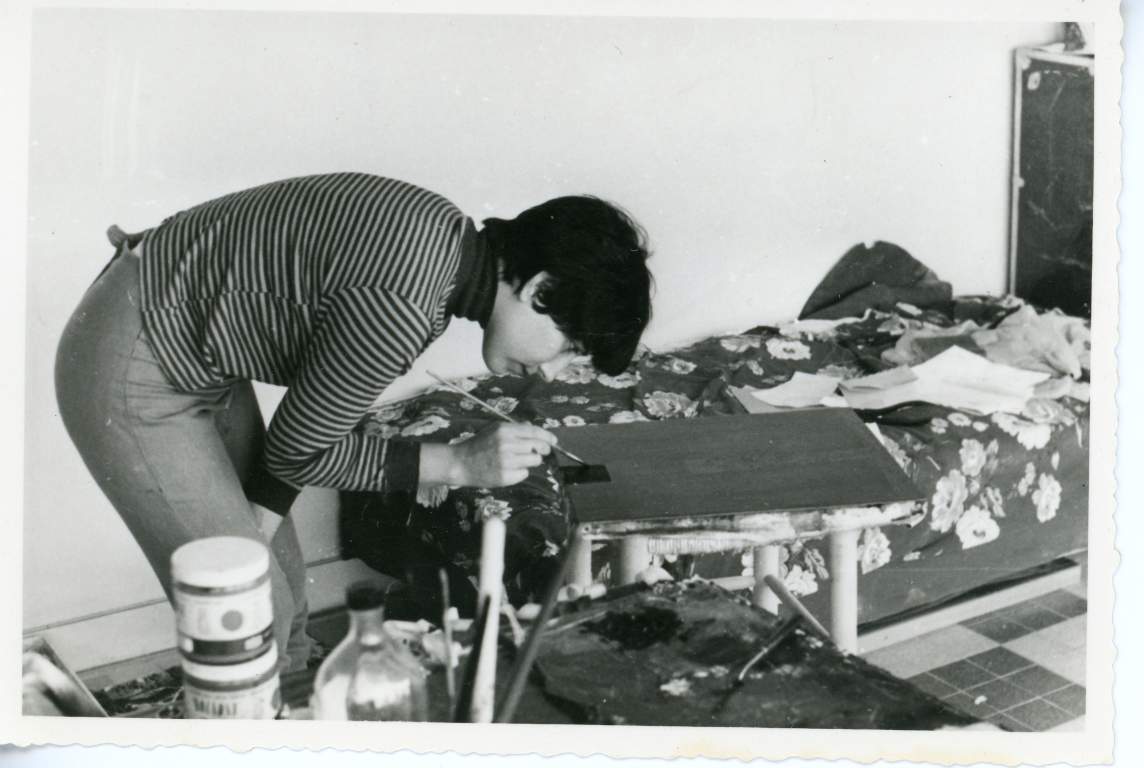
When Dan and I were in Paris, we met Joan Mitchell and went to her studio. And it was a fantastic experience. I wish I’d had someone take a picture of me with Joan. I remember distinctly, she was wearing these suede desert boots, like ankle booties. And I remember looking at them, like, "Those are the kind of boots I want. Why can't I find them?"
People were really lenient with us in Paris because we were young artists—and from California, no less. We were like a breath of fresh air, being from California—the surfing capital of the world—not New York. It was a nice time.
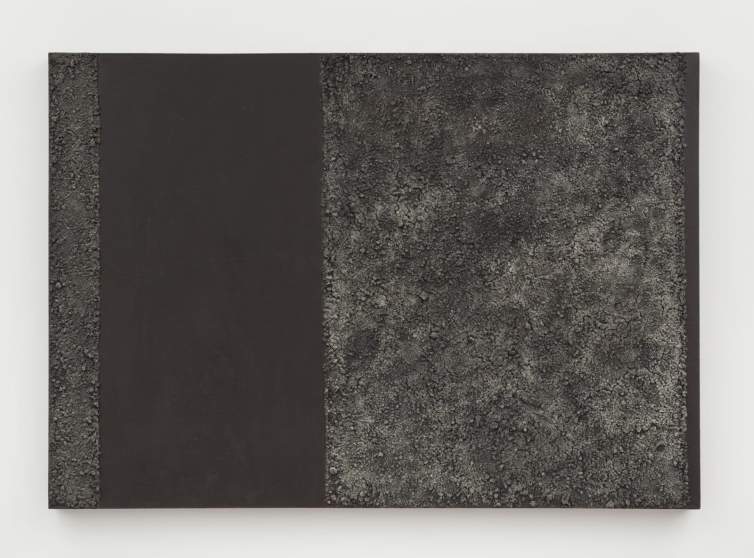
After Paris, Dan and I settled in New York. At first, it was hard to fit in. We found ourselves surrounded by people who were not from New York originally, but had come there from all over, like ourselves. One of the things I learned in those days was that the art world was made up of many layers, like an onion. If you belonged to a certain clique, you really couldn't step out of that. For artists, it was the style of your work. All the abstract expressionists hung together, and all the op artists hung together, and all the realists, and all the landscape painters. They didn't venture out of their circle. The abstract contingent was made up of 75% male artists.
But Dan and I survived (barely). We didn't have any money to speak of. Dan and I had made a promise to each other that we would never work for anyone. Once we made up our minds not to work for anyone, we said, "So we have to be really smart. But wait, how are we going to do this?" When we had no money, sometimes literally only 25 cents, we couldn't actually blame one another. “Why don't you go out and get a job?” Because we had already made that commitment.
Every few days, Dan would pack up the back of this old Oldsmobile station wagon with artwork and see what he could sell to friends and other people. People that were older, in their forties and fifties, really befriended us. They thought we were kind of crazy. Like, "Okay, I'll buy one. How much is that thing?"
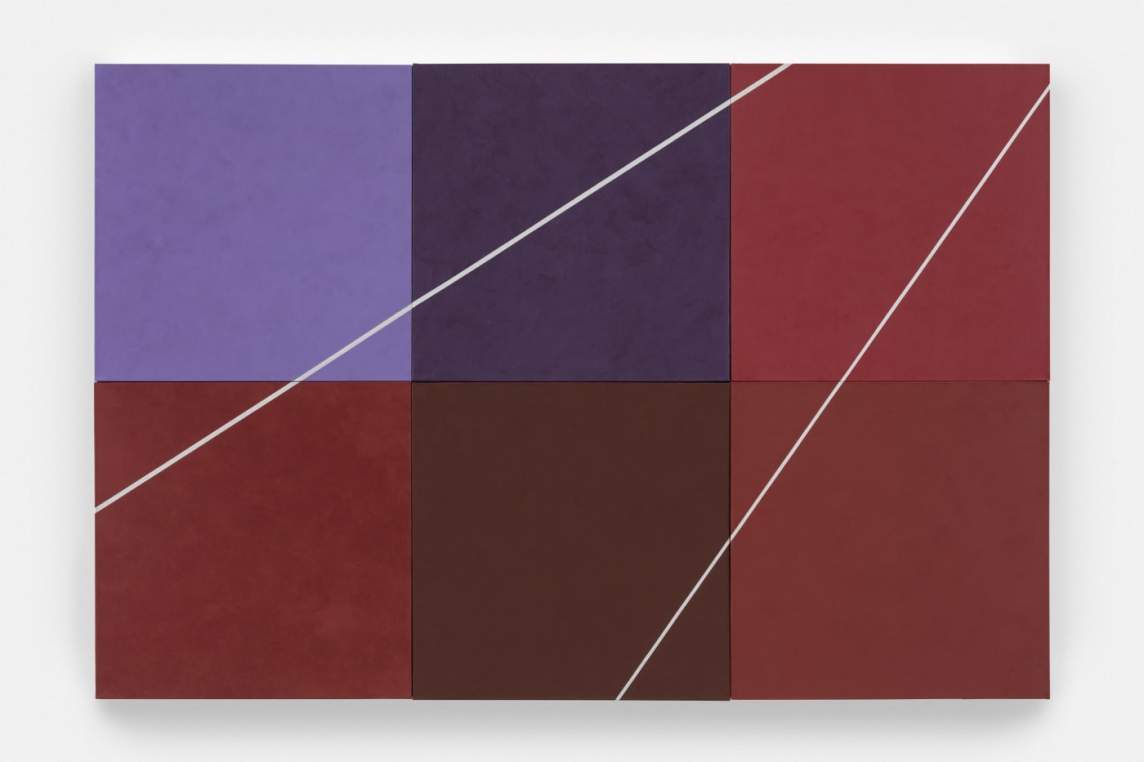
Eventually, we befriended other artists in New York—Kenneth Noland, in particular. Ken kind of took to us and would invite us to his home in Vermont. At that time, he lived in Robert Frost's old home. I remember he would take our boys fishing.
Around that time, in the early 70s, I had been influenced by the Japanese aesthetic of Ma, looking at space within space. That complimented what I had learned from Charles Eames’s work and films when I was at Manual Arts. ”Less is more.” Keep taking away, keep taking away. Everything that's not essential, just get rid of it. So the idea of Ma was really instrumental in my becoming involved with the curvilinear work, which is about space.
I recall a boo-boo that I made with Ken, when he came to look at my work. He didn't tell me what it was for, but he was assisting Peter Bradley in organizing The De Luxe Show, which was held in Houston in 1971 and is now touted as one of the first racially integrated art exhibitions in the US. I had no idea that he was considering my work for the show. I was explaining to him how one line moved under the other, and that's why it was heavier and not as thin as the other line. He looked at me and said, "Virginia, I know how to look at paintings."
Then I heard that I was in The De Luxe Show, which was really great. And it turned out that I was the only woman in the show. I believe that Barbara Chase-Riboud had also been asked to be in the show, but for some reason, she declined. So that's how it turned out.
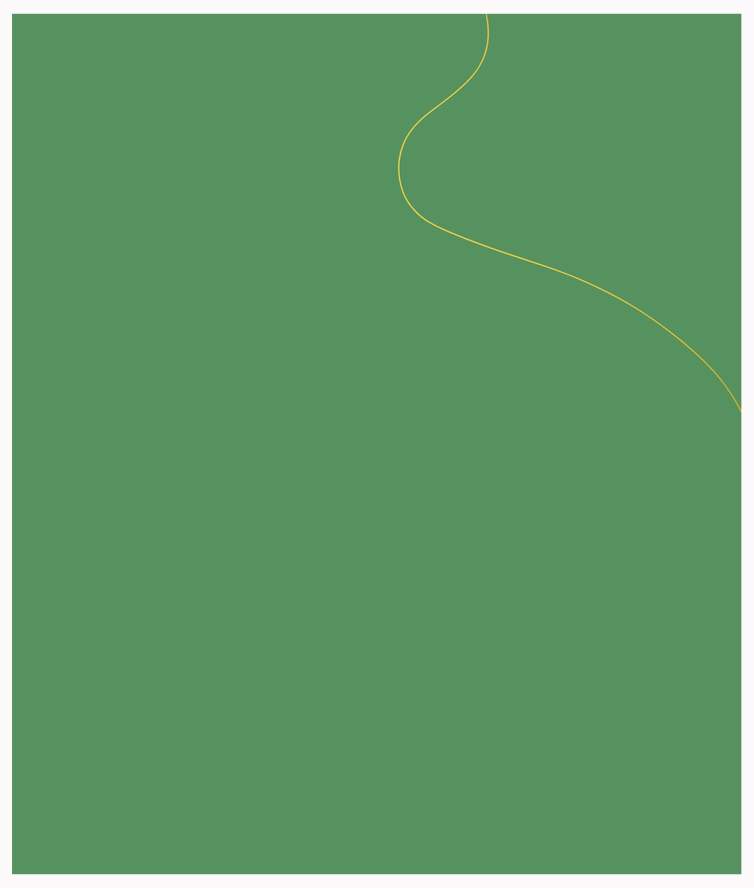
Over the years, great things like that would happen for me. But then nothing would happen. Everyone would say, "Oh, you're going to be in a major gallery. You're going to be in this show…." And then—nothing! It was like I was there, but I wasn't. I was invisible. I think it's because being Mexican-American and being a woman, at that time, was really difficult. There was no room at all in any galleries, let alone major galleries that were handling women’s abstract art. Helen Frankenthaler was the only woman I knew at that time who was in a major gallery. Work by women was rarely included in the museum shows. A few years earlier, in 1972, my work had been accepted to the Whitney Annual exhibition and they put my piece right next to Agnes Martin’s. I couldn't believe that they hung my work next to Agnes Martin, my hero. I was thrilled. Pace Gallery had a solo show of Agnes Martin’s work in 1975 and I remember running to it. I was so excited to see the show.
The positive aspect for me at that time was that I could really experiment with my work because no one was watching. I didn't have to please anyone. So I just kept working.
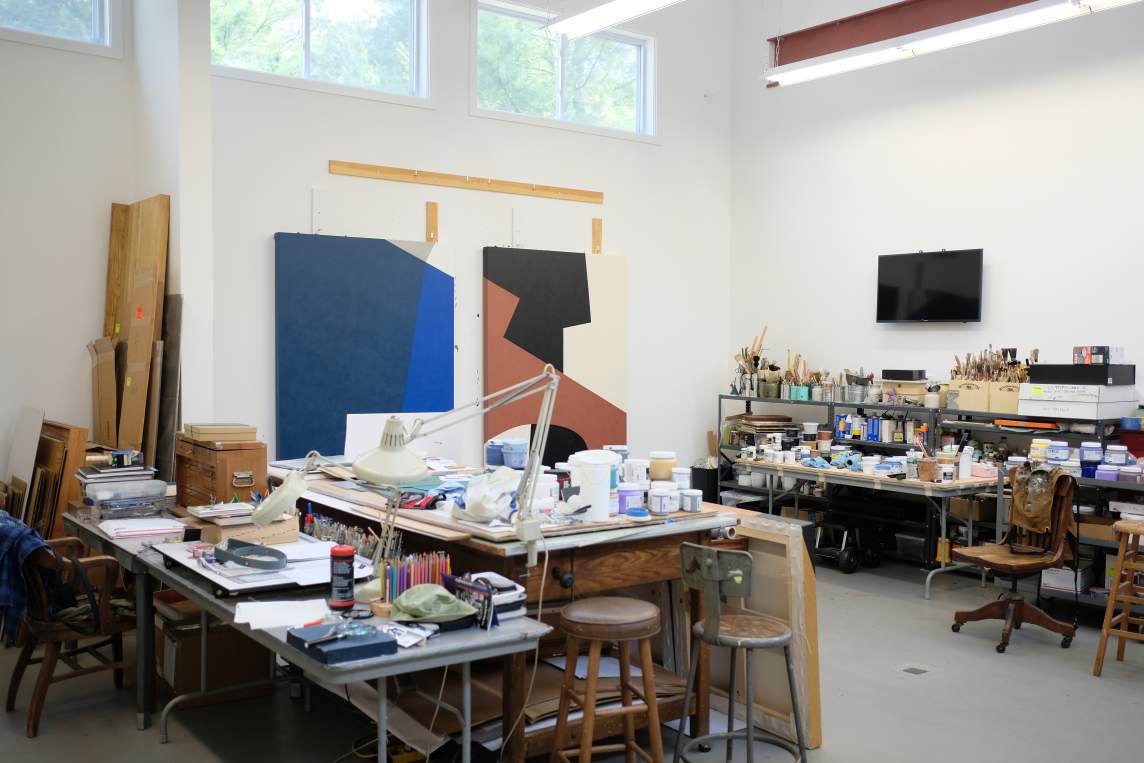
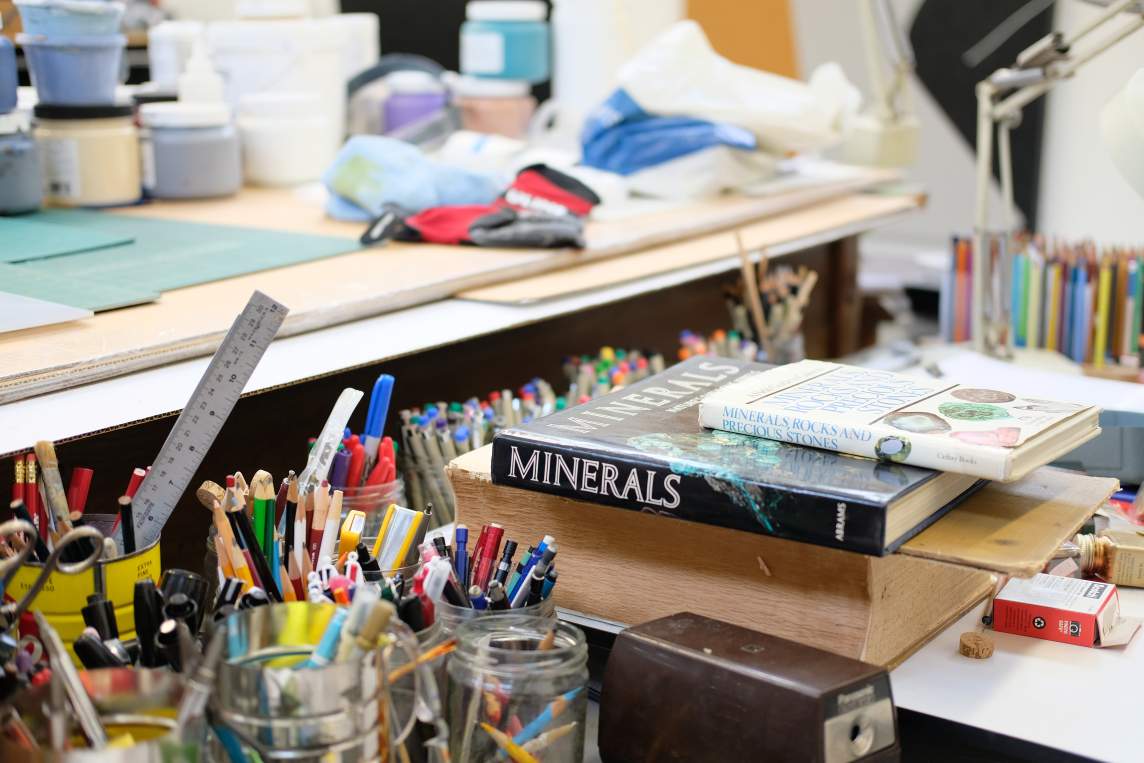
Even though my work has evolved over these many decades, some elements of my process have remained essentially the same. When I’m starting a new project, I do a lot of reading about ancient civilizations and their beliefs. I also read a lot of science, science theories, science fiction. I started reading science fiction when I was around 12 years old. One of my favorite authors is Arthur C. Clark, because so much of his work was based on scientific theories, not just writing about science fiction. So while I'm reading, or just listening to people talk, something will catch my attention—like a phrase, a word. I'll write it down so I can look at it later on. It may be weeks before I get back to it.
Then, something conjures up in my mind about that phrase, or ancient site, or individual, or scientific theory. I say, "Okay, what does that mean to me? How can I transpose that into something visual, yet abstract?" I don't want to do anything figurative or literal. That's not me. I just keep making sketches of the concept over and over again. Then finally I'll come up with something that I'm satisfied with. So I begin to figure out, "Okay, if I do this, how large of a canvas do I want to work on?" I usually work big. I always do my sketches on graph paper, so that if it works out, I can transpose the grid into feet and inches.
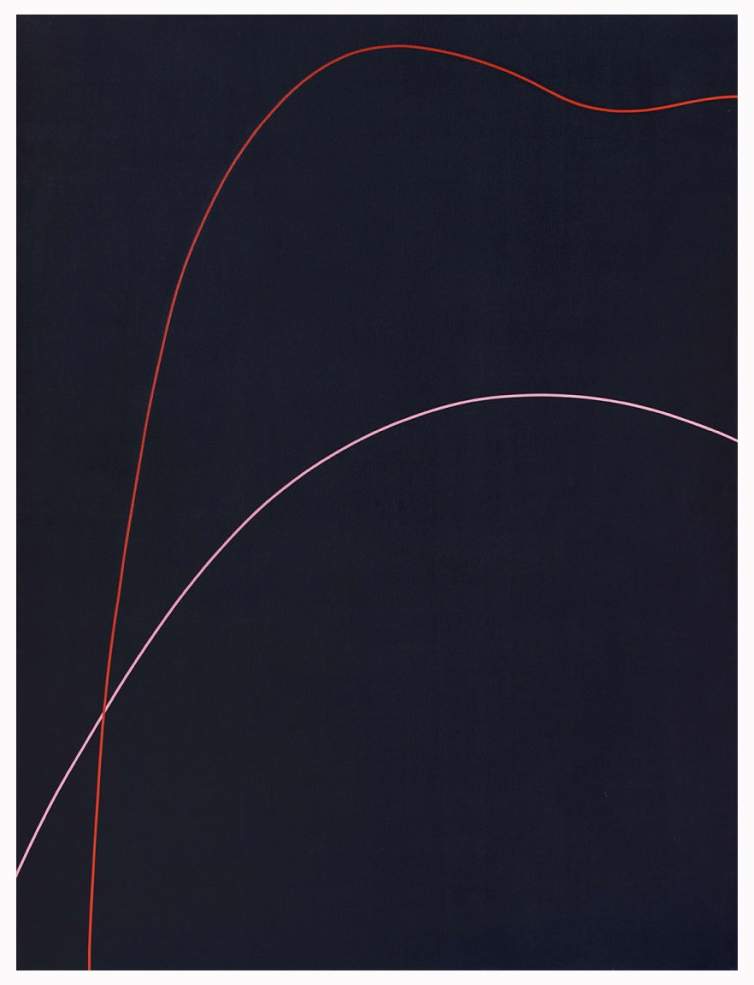
Sometimes, for my curvilinear works, I would do 20 sketches every day of the same line— different angles of it, just kind of freehand. And then if I liked it, I would have to figure out, how exactly was I going to duplicate it? I’d take parchment paper, which I’d then tape onto the canvas, because it has to be the identical size. Then I would start sketching on the parchment. All my mistakes and erasures, everything was done on the parchment paper. Then I would transpose it onto the canvas.
Sometimes it can take weeks to get the right angle, because you know, you don't want any wobble in your line. That was the difficult part. I would line up my eyesight to the surface of the canvas. If I followed the line, I could see if it was not a true curve. If there was a slight wobble, I'd put a piece of tape there and continue on. It was great—because I wasn't in a gallery, there was no pressure. I just took my time to get it right.
When I’m finished with a work, I turn it all different ways. I turn it upside down, sideways. Sometimes the final orientation is not the same as what I started with. There’s a painting in my current show at the Pace Gallery in Los Angeles, The Gardens of Pakal, that this happened with. I loved the colors, the composition, everything. But it just didn't seem right. It didn't resonate. So at the last minute, 20 minutes before the shippers were to come and crate this painting, I said, "I'm going to turn this boy upside down." And I did. And it worked. I said, "That's it." I never would've been satisfied with that work had I not done that.
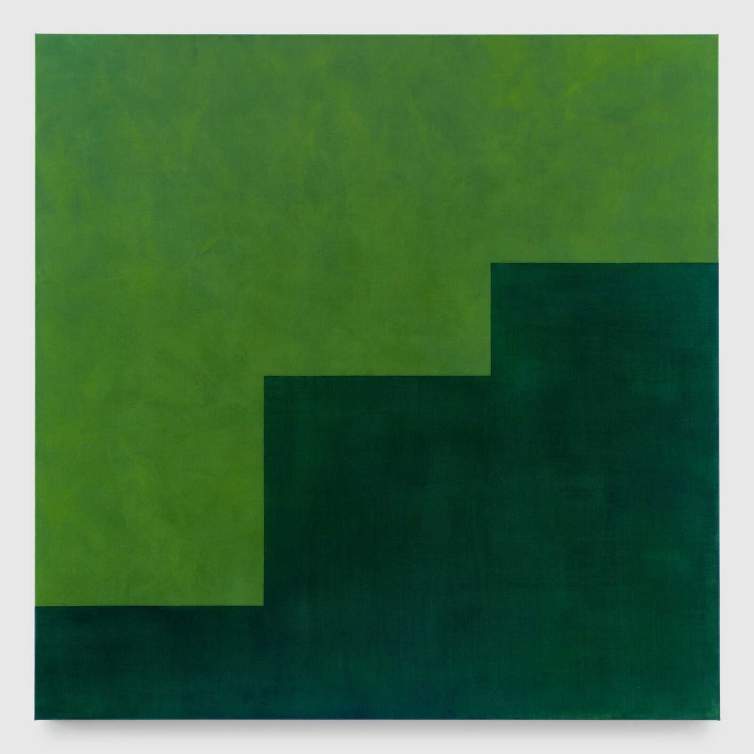
This has been a big year for me. I have my first retrospective exhibition on view right now at the Kemper Museum of Contemporary Art in Kansas City. It’s called Principle of Equivalence, and it came together all thanks to Erin Dziedzic, the curator, whose concept this was. I don't know where she got the energy and the fortitude and the strength to make it happen. The catalog is beautiful and they did an incredible job with the installation. They devoted a whole room to my handmade paper work, and they painted the walls this kind of dark grayish, greenish blue—it almost looks black. It made the handmade paper works really stand out because they're so subtle. It looks absolutely stunning.
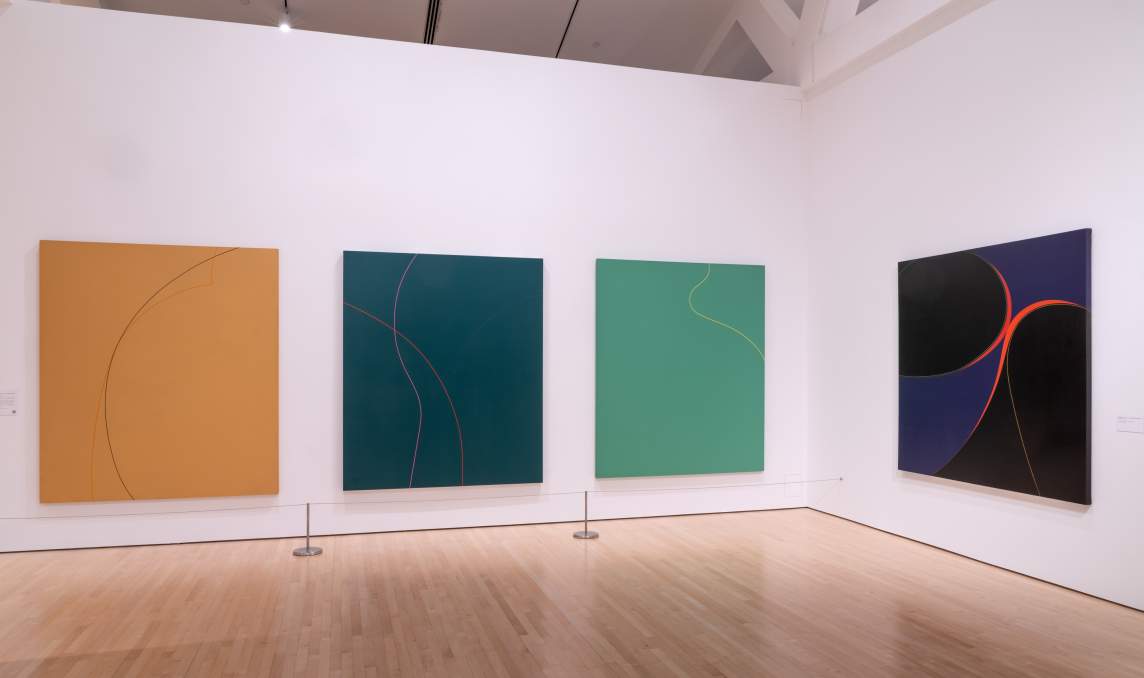
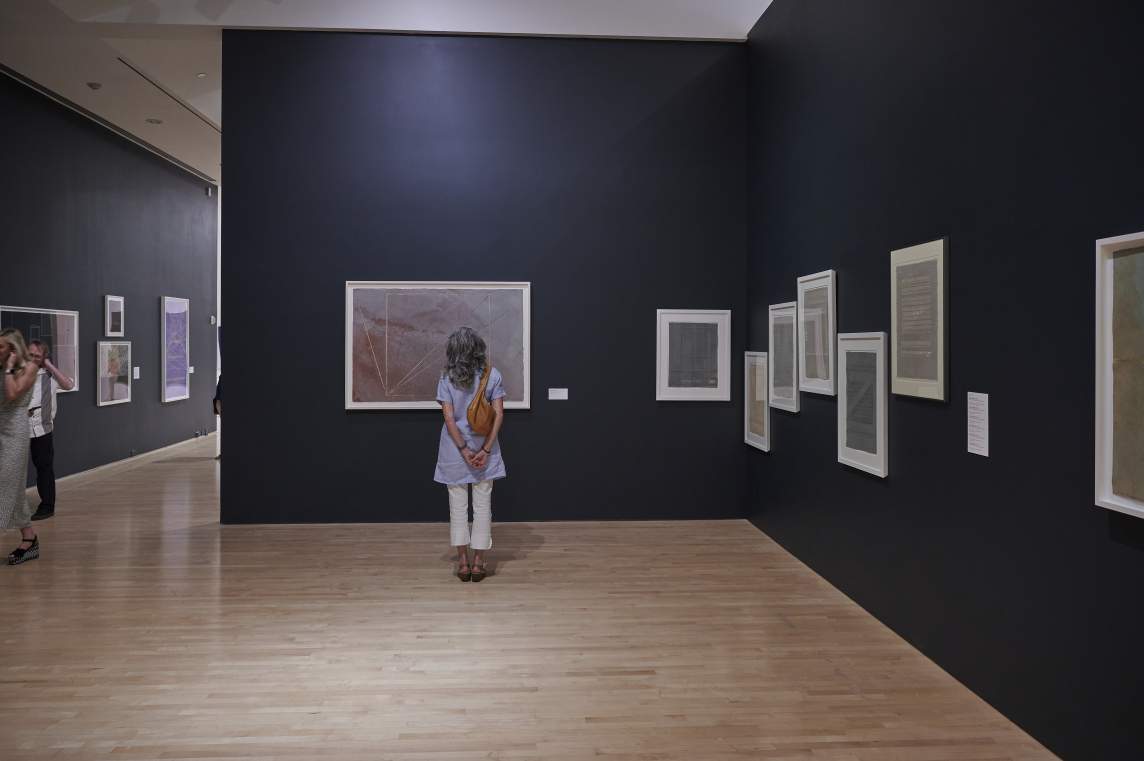
I’ve been so amazed by the response to the exhibition, how it resonated, especially with women. Erin said that they had never had so many people attend on opening day. When I went the next day, there were women actually lined up for me to sign the catalog, asking, "Can I have your autograph?" I said, "My God, what is this?" These were older women. They said, "Oh, I went to art school and I really find your work so encouraging, but I got married…" I just said, "Keep the faith and be true to yourself."
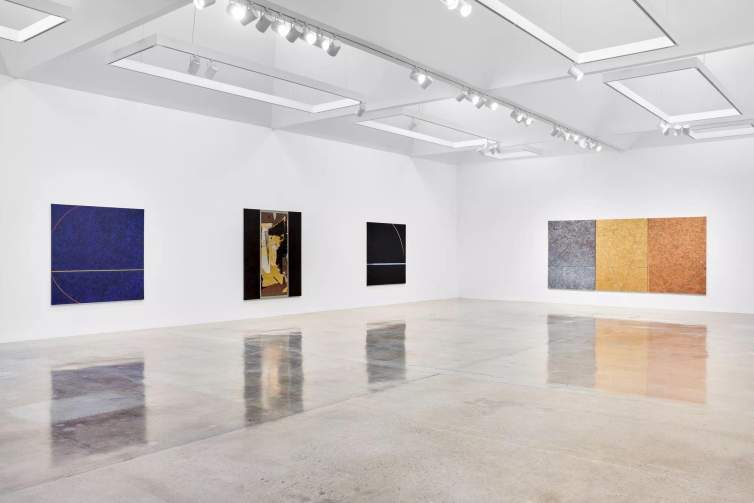
The show that is currently at Pace Gallery in Los Angeles opened just a few weeks before the Kemper retrospective. It's titled East of the Sun and West of the Moon. It’s all new paintings. One of the key pieces in the show is a 15 by 7 foot triptych called To Touch the Earth. It has to do with the minerals, or the ores, that ancient peoples first used to make objects: silver, gold, and copper. It's beautiful. I know I'm bragging about it. That one took me the longest. I keep telling everyone, "I did this show in four months." Well, maybe it was five months. Oh man, I was working 12 hours a day, which I usually do anyway. I’m taking some time now to just rest and take care of other areas of my life.
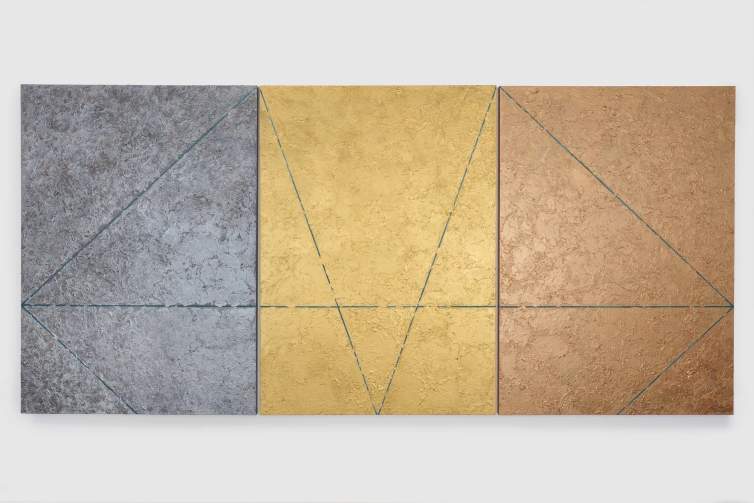
My whole philosophy is that you never turn your back on inspiration. I recently came up with this thought: For the average person, when they get a thought, it's a hunch. But for a creative individual, it's a stroke of inspiration. That's how we look at these abstract thoughts that come into our head. For someone who isn't creative, they might try something. If it doesn't work, they don't care. They just go onto something else.
But for the creative individual, they keep trying. They keep working with that inspiration until it fits and comes out right. You don't know where it's going to lead you. Even if it seems so far-fetched and inconsequential, you pursue it. That's the whole thing. You never turn your back on inspiration and always keep the doors open.
Interview and editing by Jenny Gill. Learn more about Virginia Jaramillo’s work here.